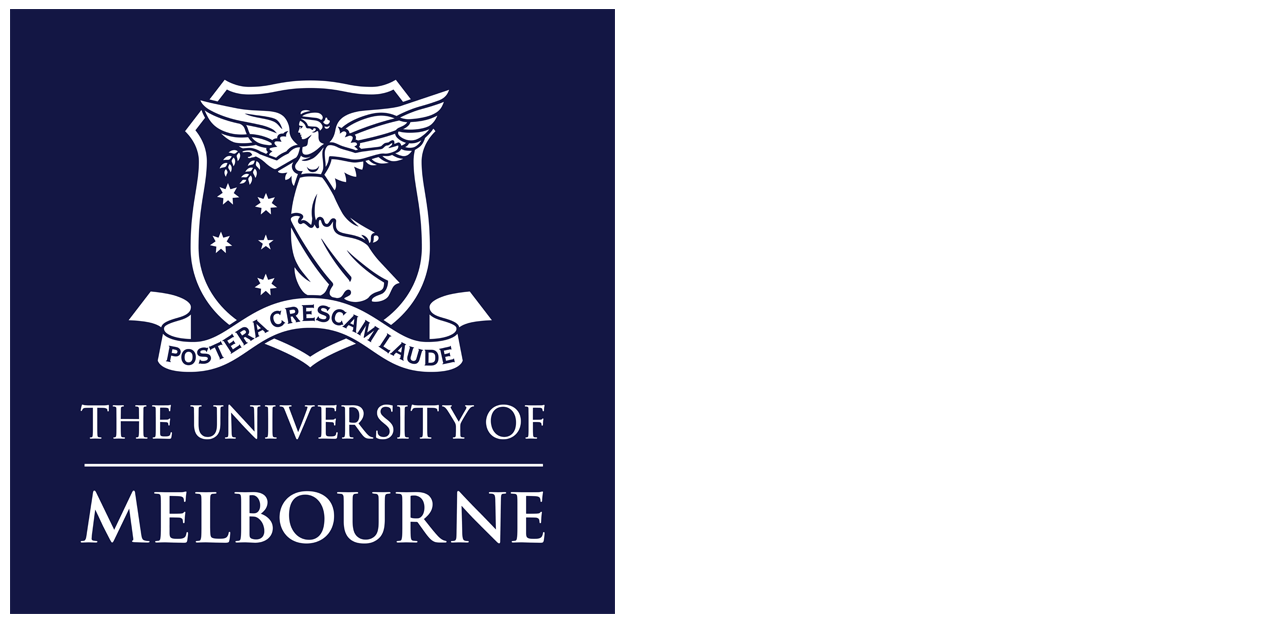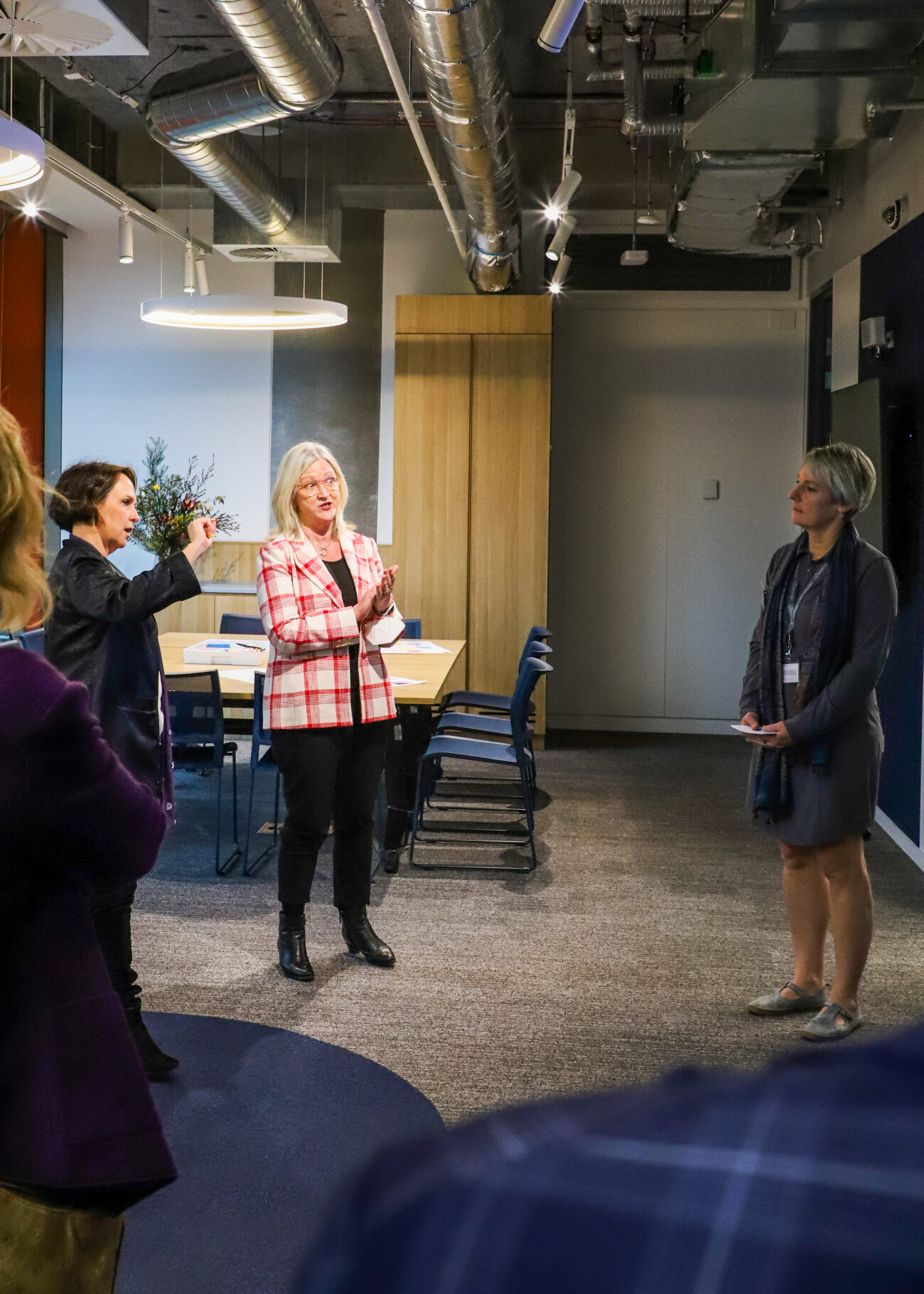

Dr Chapman is the Director of the Centre for Digital Transformation of Health, part of the Faculty of Medicine, Dentistry and Health Sciences at The University of Melbourne. With a background in linguistics and a wealth of knowledge and experience working across tertiary institutions throughout the United States, Dr Chapman’s passion for improving health care and better patient outcomes has given her the perfect base on which to grow the health research centre within the Australian innovation eco-system.
We sat down with Dr Chapman late in 2022 to learn about the Centre and how it is helping to transform the healthcare industry through digital health innovation.

Hi Dr. Chapman, can you please tell us what you do here at Melbourne Connect?
I am the Director of the Centre for Digital Transformation of Health, and that is a centre that's hosted in the Faculty of Medicine, Dentistry and Health Sciences (MDHS), but co-sponsored by Computing and Information Systems (CIS).
The Centre for Digital Transformation of Health is quite a broad title. Can you tell us a bit more about the Centre?
We're a research centre and it has the typical expectations of a research centre — to do research in a particular area and to build capacity in Melbourne in health informatics and digital health. On top of that we are charged with assisting the health services and the public health sector to transform their work through data and the use of digital technologies.
Can you tell us a bit about your background and the roles you had before you moved to Australia?
My bachelor's degree is in linguistics with a minor in Chinese. I actually discovered the field of medical informatics through my husband, and what drew me to it was natural language processing, which is a form of artificial intelligence that makes sense of clinical notes that doctors have typed and put into electronic medical records, so I went into that field to do natural language processing.
I worked in research at the University of Pittsburgh for 10 years. After that, I was at the University of California San Diego for three years, and then I went back to the University of Utah to be the chair of the department that I graduated from before coming to Melbourne.
Can you explain what biomedical informatics is, and how that and natural language processing can help inform the health sector?
Biomedical informatics is the science of information and healthcare. Healthcare information is transmitted in many different ways — from person to person, from computer to computer, and between people and computers. So, it's both technical and social.
Natural language processing is an important part of biomedical informatics because around 70% of the information about patients is stored in text format and it is not accessible except to browse. If you build a surveillance system or a decision support system to help doctors diagnose or treat patients, all that information that's stored in the notes will be inaccessible to that system. Natural language processing helps extract that information and make it available for those types of digital health applications.

So in short, biomedical informatics sit at the intersection of AI and data analytics, and extract information that helps inform clinicians with their diagnosis?
Yeah, that's a good way to put it.
What appealed to you about that field?
What initially drew me to it was the linguistic aspect of it. You can use knowledge of linguistics to devise algorithms that extract information. For instance, if you want to know whether a patient experienced chest pain, you might look for the words “chest pain”, but there are other ways to describe that. You also need to identify in the text if they had chest pain or not. Maybe it says they did not experience chest pain or they experienced chest pain in the past, but now it's gone away.
There are all these nuances about what's really being described that we as humans understand and the computer doesn't. You have to be able to build algorithms that help it understand, and that's what drew me to it — the application of ways to improve healthcare delivery to patients and help patients get better care.

Within the Centre for Digital Transformation of Health, you've got the Digital Health Validitron at Melbourne Connect. Can you tell us a bit about that and what role that plays in the larger context of the Centre?
There are three parts to a learning health system. The first is data to knowledge, where you're extracting and analysing the data and learning from it. This is followed by knowledge to practice — taking what you learned and embedding that into patient care. The third part is the development of digital innovation to help deliver that evidence-based care and generate data from practice — by evaluating, testing and generating new data that goes back into the cycle.
Our centre has three pillars of work. The first pillar is data technology for data-driven practice change. The second is the implementation and evaluation of new innovations in health care, and the third pillar focuses on the education and workforce development of training people to live in this new world and be the innovators in the field.
The Digital Health Validitron is the knowledge and practice arm of the work, and the implementation of innovation. It bridges the gap between the innovation and implementation of the research in a real environment. It helps to walk people through all the things that are required to make an engineering innovation more likely to succeed in a real-life healthcare setting.
The Validitron has many parts to it. It has a simulation lab in Melbourne Connect which is a physical space that replicates the health care environment such as a hospital room, an outpatient clinic and a patient home. In the lab, we test out new digital devices in the physical context that patients would be in. It allows us to devise effective workflows for both patients and clinicians, and co-design digital solutions in a simulated setting that would make a difference in real-world conditions.
Does the Centre have partnerships with hospitals in the area? Are there any examples of people who have come through the Centre and put this kind of thing into practice?
We have many partnerships with hospitals and general practice. We have a program called the Learning Health System Academy, which is a fellowship program for working clinicians. They were selected by their hospitals or GP practices as digital health champions.
Those clinicians spent a year with us working on a project. We mentored and taught them, and they developed a variety of digital health projects that are relevant to their hospitals. For example, a digital tool was developed for screening patients for mental health and suicide ideation, helping non-psychologists screen their patients when they feel like there are mental health issues. Another is an app for patients after surgery to help them keep track of their wounds. In 2023 there will be 13 or 14 people in the academy from probably nine or ten hospitals and a couple of rural clinics.

How did the idea for the Centre for the Digital Transformation of Health begin? What's the background of the whole Centre?
I was hired to lead the Centre after the idea had already come about and the funding was acquired. My understanding is The University of Melbourne and in particular MDHS was looking at their strengths and weaknesses and digital health was an area of both rising significance and weakness in investment. They decided to invest in digital health and it took many years before deciding on a centre.
When the University advertised the role, it sat vacant for three years. It was only when I serendipitously met somebody from engineering at the University at a conference in San Francisco that I learned about the Centre Director position and I was ready for a change.
What is it about Melbourne Connect that makes it the right place for the Centre for Digital Transformation of Health?
Here at Melbourne Connect, we run into different people in the hallways or on the Superfloor and we are able to have those quick conversations that help build relationships and draw on those potential partnerships with the different groups here. There are also opportunities for industry partners as this is a place where industry and academics come together to collaborate. There's still a big gap between industry and academics but Melbourne Connect is dedicated to addressing the gap and that gives industry partners more confidence knowing that we are going to be good partners in that space. It's the informal interactions that are the most powerful here. After being in lockdown all that time during Covid-19, running into people in the elevators and the hallways are really helpful.

How much interaction does the Centre have with the post-grad community? Is there any, and if so, what does that look like?
Some of our academic staff in Computing and Information Systems have Ph.D. and master's students that work with us at the Centre. We are starting a Ph.D. program as part of our International Center for Translational Digital Health with the University of Manchester and the University of Toronto. That will bring people from our three countries together.
We’re planning to grow the market with the introduction of a short course that would be of interest to people and then build from there. We would develop a course on AI applied to health care, for example, gauge the level of interest then add another course. So we're really building from the bottom up to try to grow the market, but also test the market instead of doing this from the top down.
What do you like to do when you're not at work?
I like the outdoors. I have three huskies, so I spend a lot of time bushwalking with them. I like to cook and entertain, although I would like to have more entertaining opportunities — I know lockdown was a big issue in Melbourne, but the culture here in Australia doesn't seem to be like it is in America where having work people or neighbours over for dinner is the norm. I'm still trying to figure that one out.
I like bicycling and mountain biking. I also have an electric longboard, so that's pretty fun. We take the dogs with us and they run alongside us or pull us along. There are a lot of trails in the eastern suburbs but we also go to the You Yangs.
Thanks very much for your time, Wendy, we look forward to seeing you on the Superfloor throughout the year.